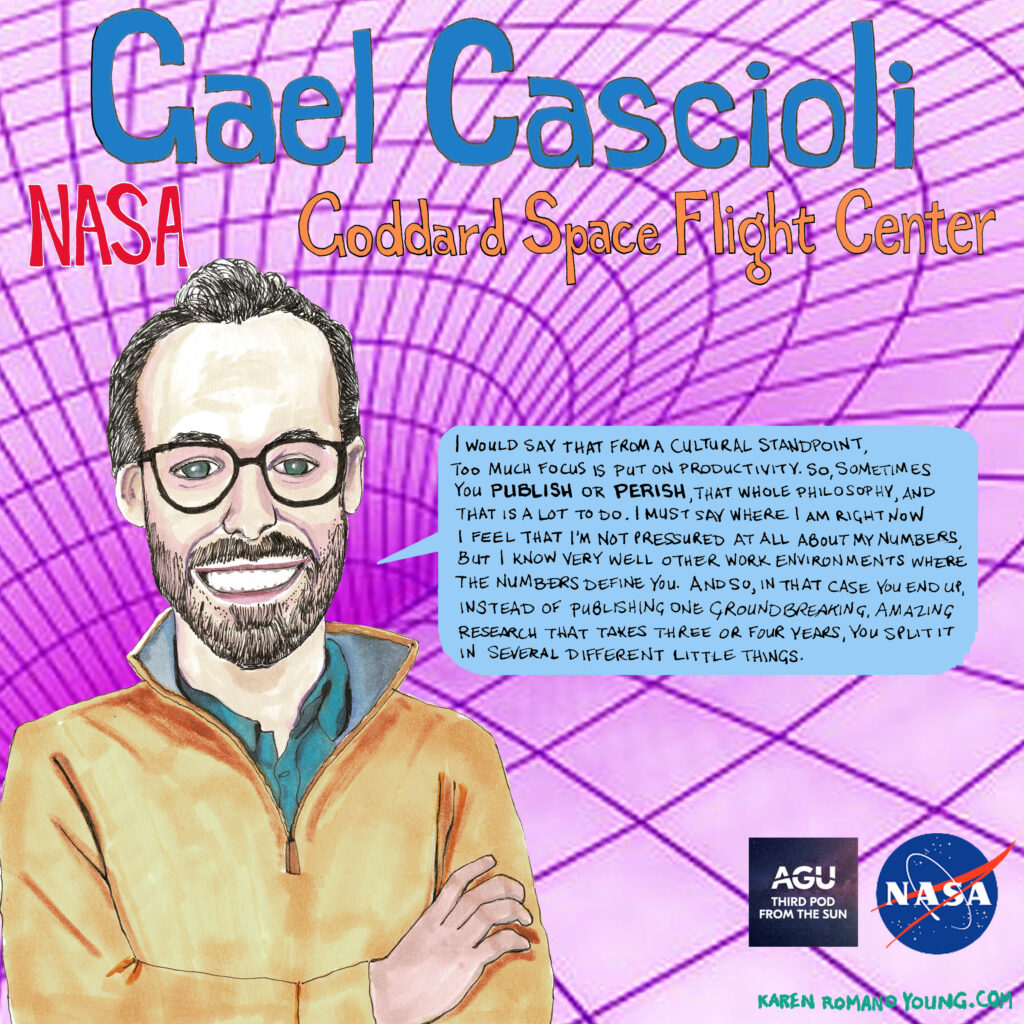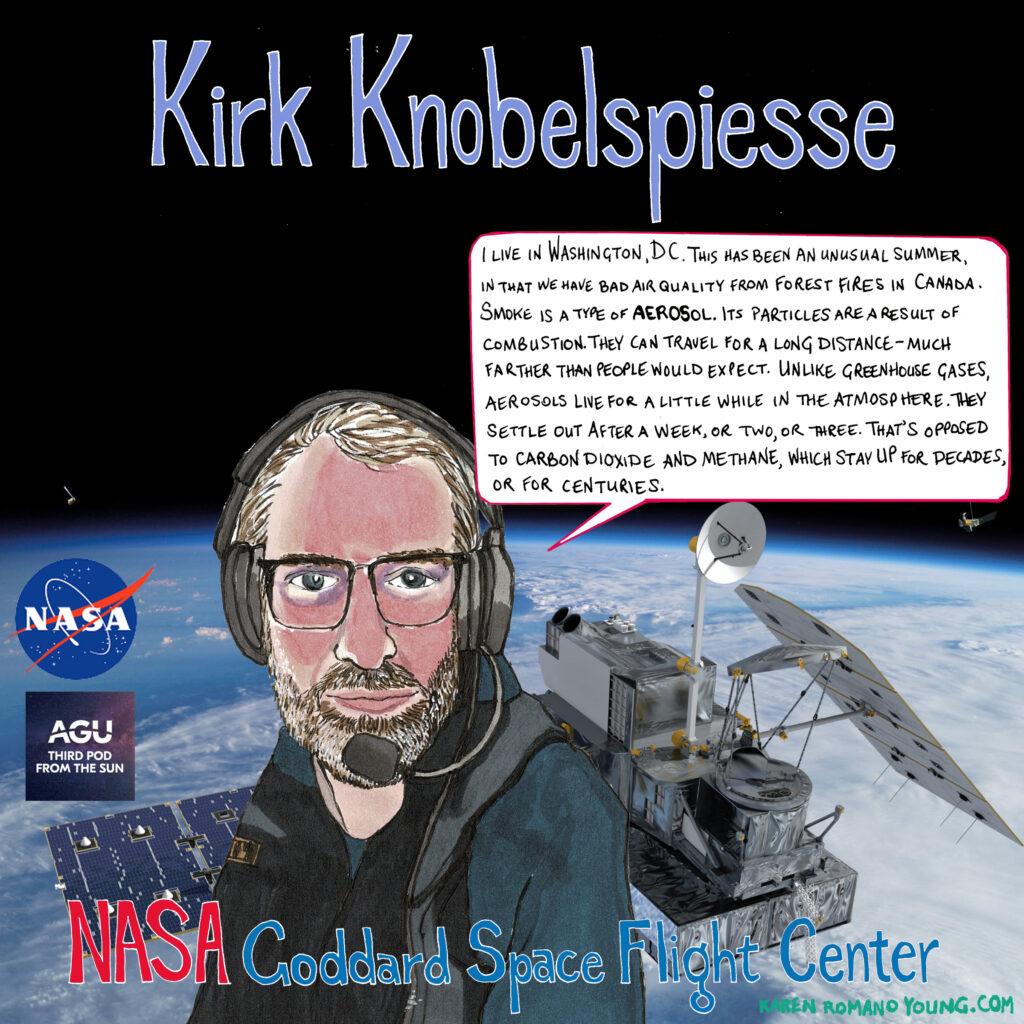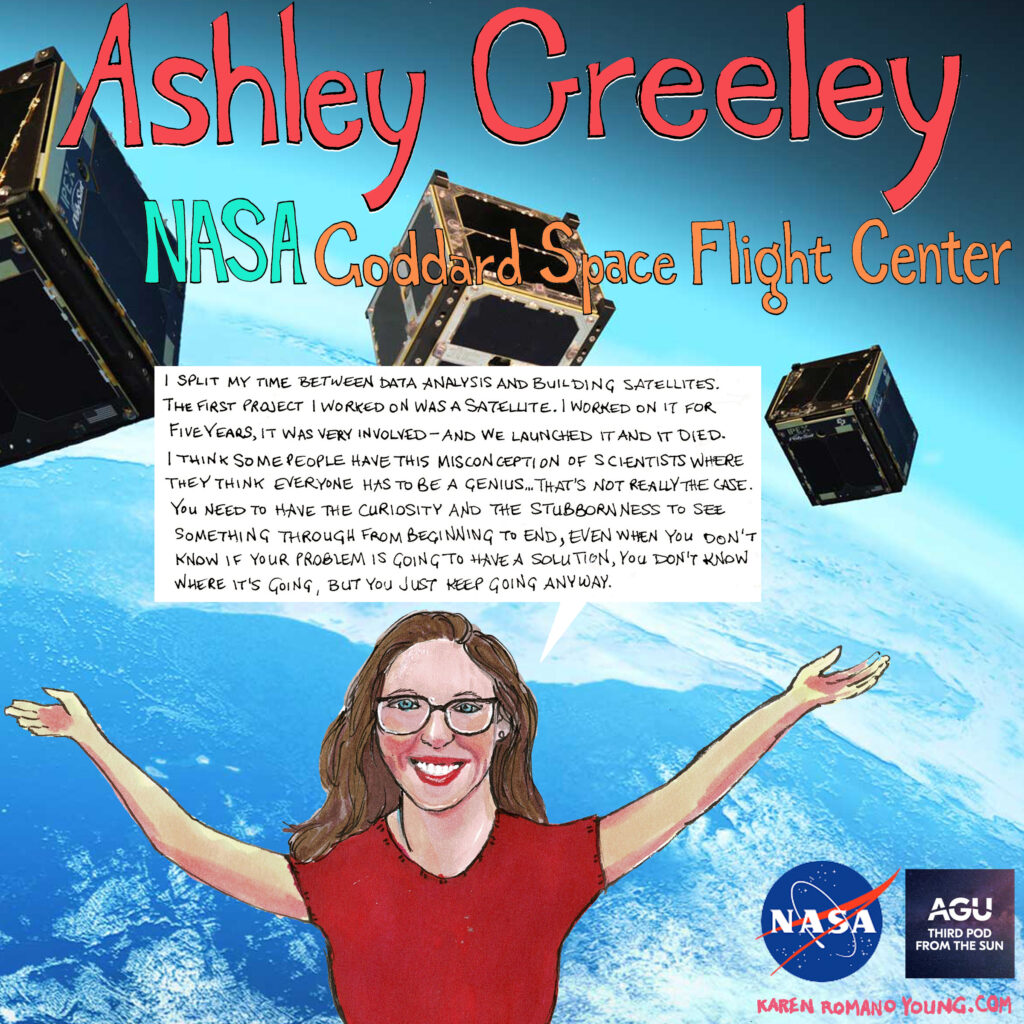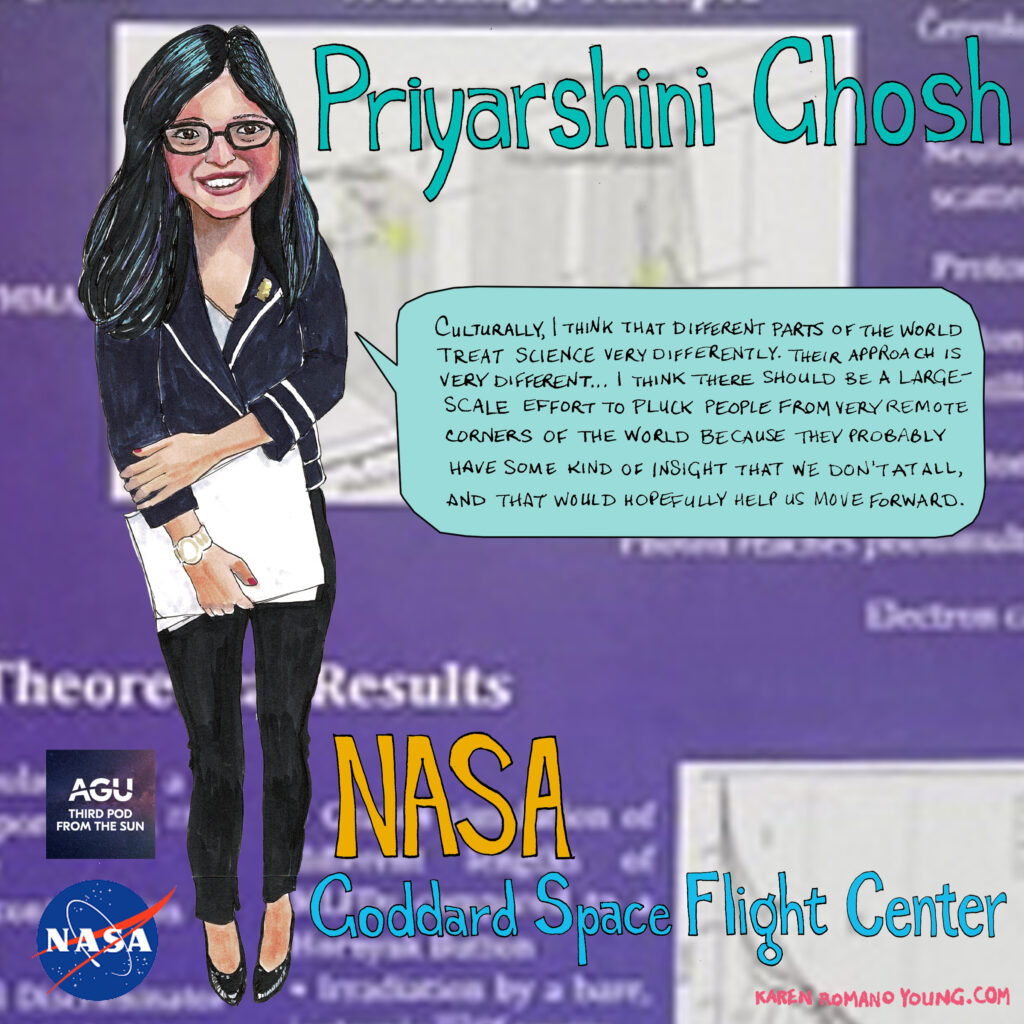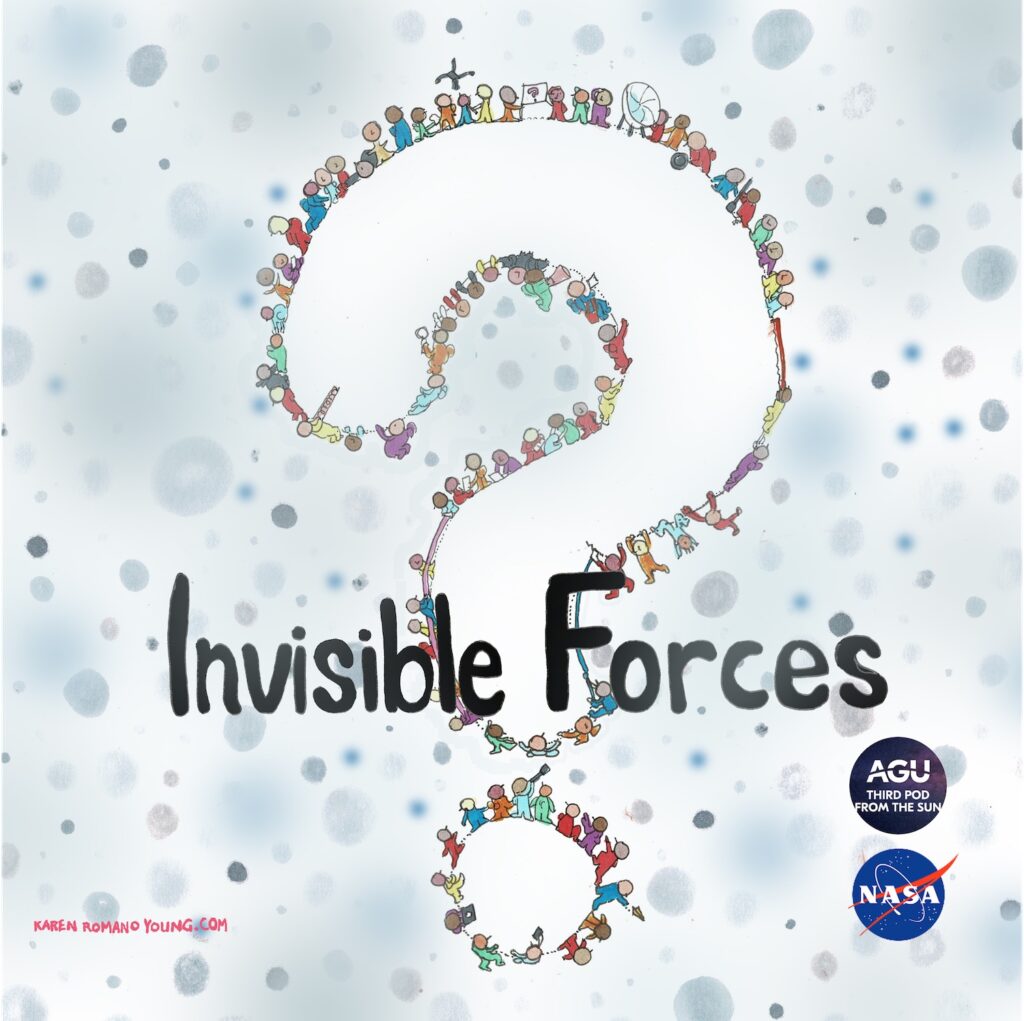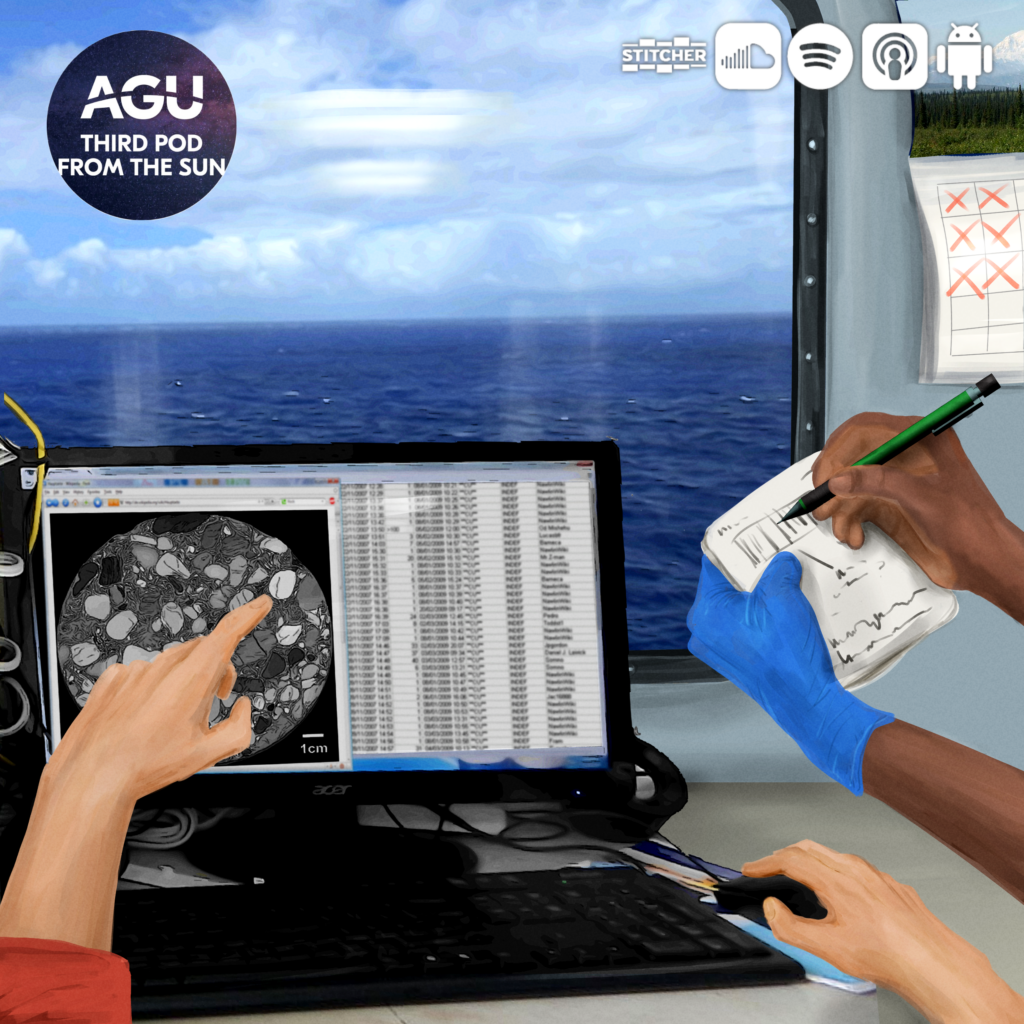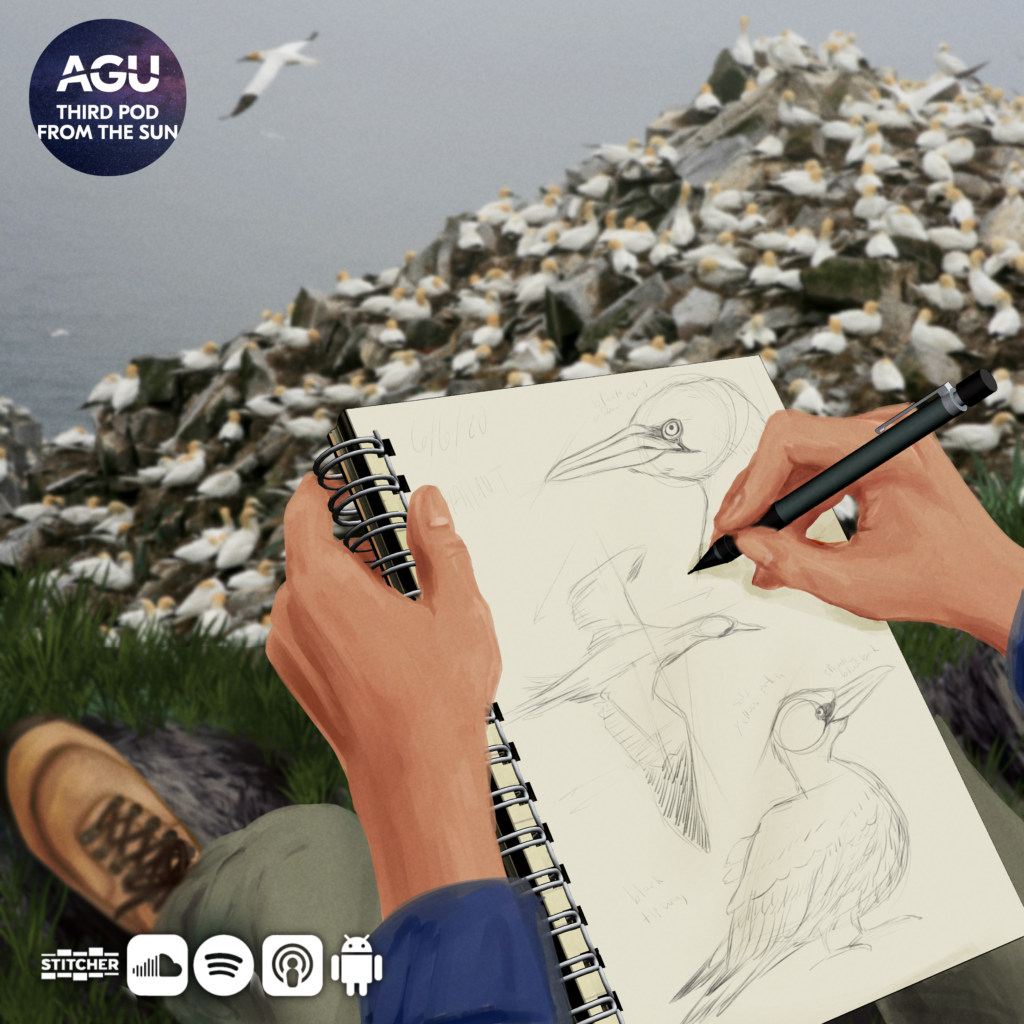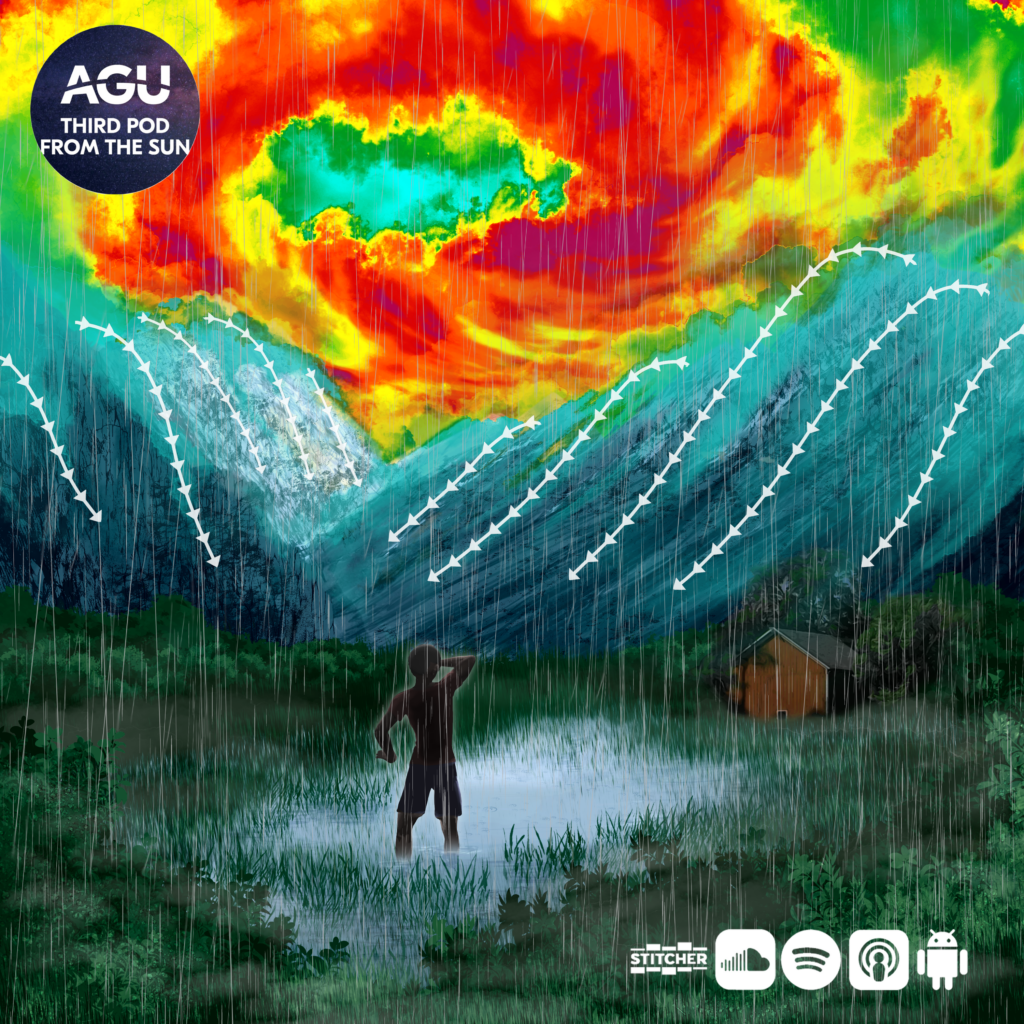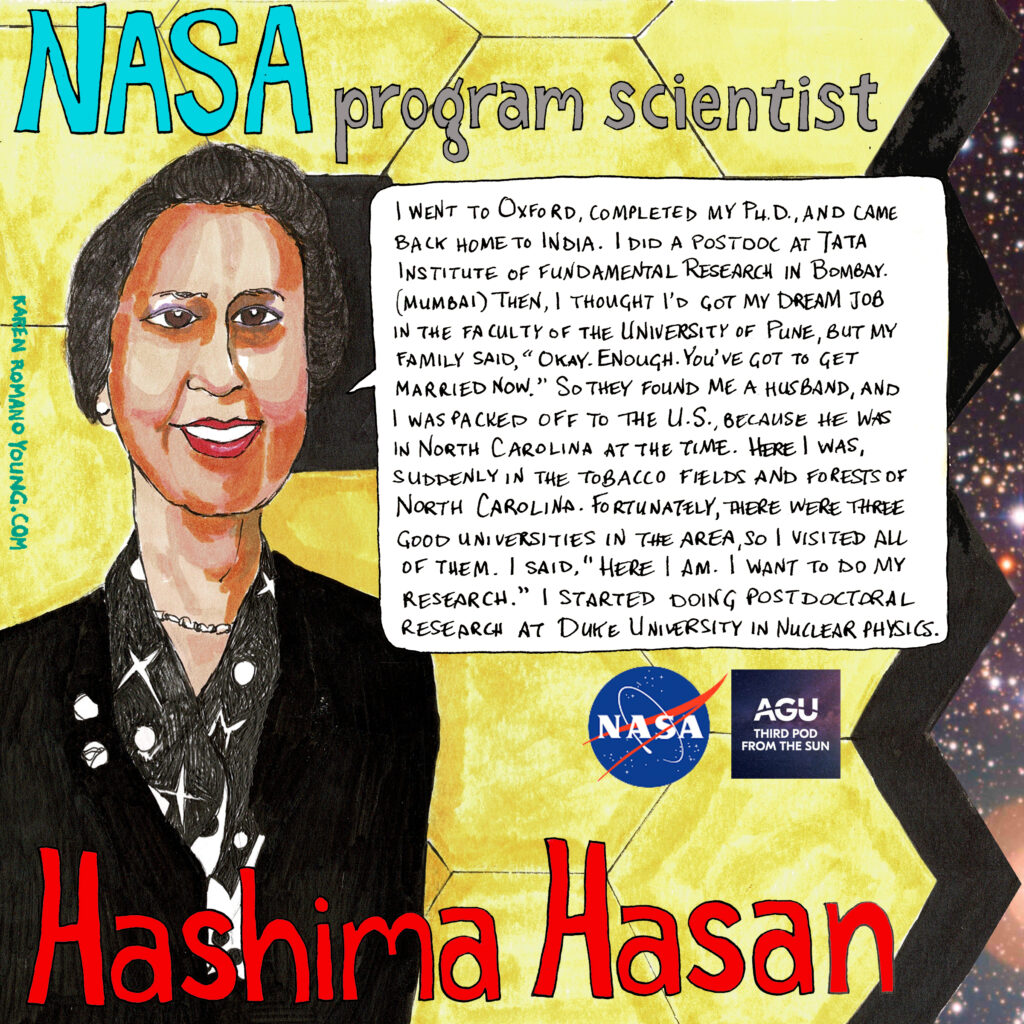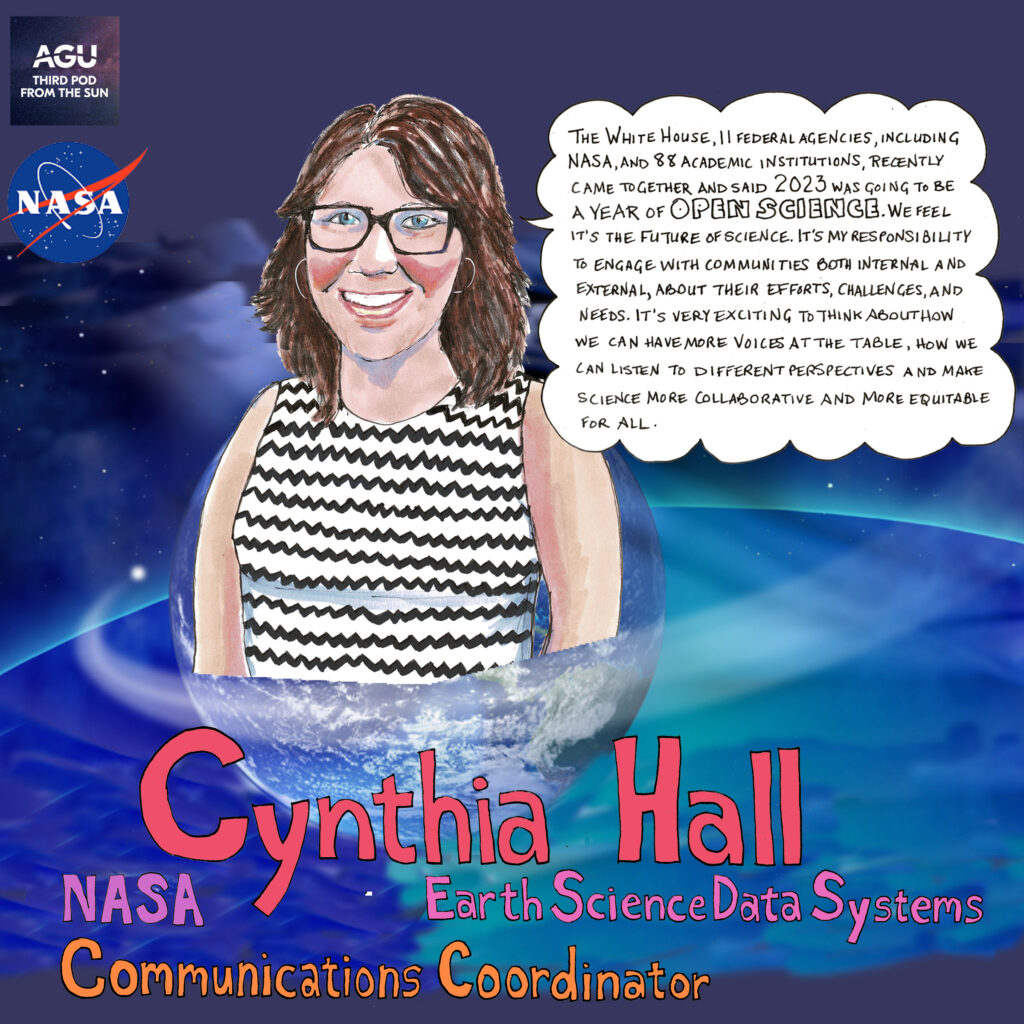STEM
Invisible forces: Gravity of the (Venus) situation
What goes up must come down, right? Well, what if things go up and come down slightly slower than you might expect? Are there balloons attached? Filled with helium?
Are you on Venus?
Read MoreInvisible forces: Through the cloud of atmospheric aerosols
If you’re a scientist in an oceanography department, you’re probably studying the ocean, right? Well, part of your job might be studying things like phytoplankton, the tiny oceanic powerhouses that play a crucial role in our planet’s ecosystem. But how about clouds? Oh, and the properties of light, too?
Read MoreInvisible forces: Fielding Earth’s magnetic mysteries
What was the first big project you worked on at your job? An important report? An interesting experiment?
How about helping to build a satellite?
Read MoreInvisible forces: Sharpening our cosmic vision
When you look up into the night sky, what do you see? Is it a clear picture? Do you see anything at all? What if we could enhance our view of the cosmos and develop technology that promises to clear away cosmic blur?
Read MoreInvisible forces
We’re journeying into the mysterious world of invisible forces that shape our lives in ways we often overlook for our next series! Join us as we, explore nuclear energy, feel the pull of magnetic fields, and more.
Read MoreFieldwork rocks: Marooned on purpose
You might think of a deserted island when you picture being marooned, but for some geology researchers the island is their research ship. To collect samples of rocks and sediments from deep beneath the ocean, scientists park a ship called the JOIDES Resolution in place out at sea. That gives them plenty of time to drill for their samples, but it also means spending two months offshore.
Read MoreFieldwork rocks: Picturing science
Joris De Raedt, a passionate scientific illustrator dedicated to capturing the beauty and significance of nature through his art, strives to foster a deep connection between people and the fauna and flora that inhabit our world. Despite utilizing modern tools like a graphic tablet, his illustrations pay homage to a timeless style of documenting the natural world.
Read MoreSolving for climate: Do go chasing hurricanes
Jane Baldwin is a storm chaser, only her mode of chasing is computational modeling using multiple streams of data. As an Assistant Professor of Earth System Science at UC Irvine, she models how hurricanes and other natural hazards respond to atmospheric dynamics.
Read MoreOne giant leap: For beating the odds and troubleshooting telescopes
Hashima Hasan is the program scientist for NASA’s James Webb, IXPE, and NuSTAR telescopes, helping to bring those missions from cradle to grave. Hashima followed the space race closely growing up in India, which inspired her to navigate into the sciences from a world where girls were told that they couldn’t.
Read MoreOne giant leap: For opening up the sciences
Cynthia Hall is the community coordinator for NASA’s Transform to Open Science program, where she works with organizations and communities to build diverse scientific collaborations with NASA. She works to make scientific research and processes more inclusive and accessible to everyone.
Read More
